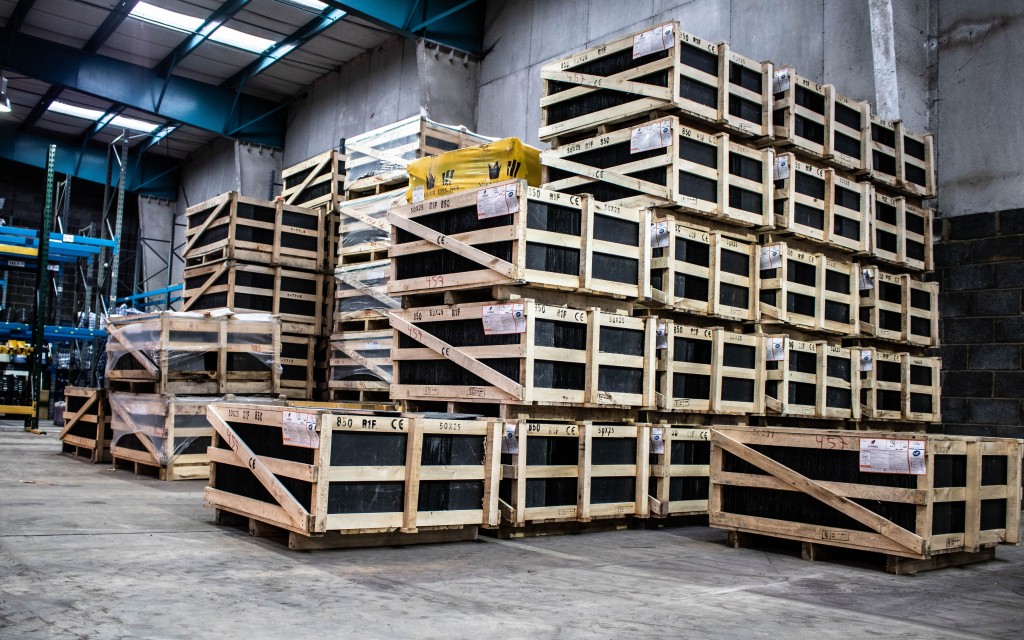Surprise, surprise! Importing in Canada is a regulated process. Oh, no one is surprised? Right.
The process of bringing commercial goods over can be an overwhelming task; there’s (seemingly) mountains of paperwork to sift through and a wide number of rules and regulations to consider — depending on the type of imported goods.
That’s why we talk a lot about the “regulatory framework” with various levels of abstraction on this blog a lot. We aim to educate our audience on all things customs/import related, sometimes just skimming certain topics lightly (like specific regulations). But we’re taking a closer look at what import controls are, as well as a few other related terms that pop up as a part of industry lingo.
It doesn’t seem like the appeal of sourcing more affordable (or low cost) commercial goods from other countries will be wavering any time soon. There are certainly many challenges to doing business this way, but it comes out as a net positive experience if you play your cards right!
Importers need to work with a large group of collaborators/trade partners like supplies, brokers, freight forwarders, and more to get the job done. And the nature of the trade industry makes it very difficult for businesses to take on the process of staying abreast of applicable changes in import regulations. That doesn’t make it any less important to do so.
“Liberty is the right to do what the law permits.”
Baron De Montesquieu
Today, we’ll cover the basics of what import controls and permits are. Keep reading to learn more:
What are import controls?
Can also be referred to as import restrictions. The term refers to the methods used by governing bodies to control the value, volume, and type of goods entering the country. There are a few primary import controls/restrictions to consider:
- Tariffs: fees, duties, or taxes to be paid on the imported goods.
- Licenses: licenses or quotas that limit the total quantity of imported goods.
- Prohibition: prevention of entry for certain types of items, including dangerous or harmful items.
As per CBSA’s legal definition, implementing an import control is: “Goods included on the Import Control List, entering Canada for commercial or personal use, including goods entering temporarily or entered into a bonded or sufferance warehouse must be imported under the authority of a permit.”
What are the permits in question, exactly?
Import permits, of course! Business owners of all kinds should already expect to get a permit for their dealings, as permits of all kinds are required in order to do business in Canada, it’s just a matter of finding out which one you need. There are two categories of permits for importers, as stipulated in the Export and Import Permits Act. They are General Import Permits (GIPS), and specific import permits.
Import permits are issued in accordance with the Import Permit Regulations. There is an authorized permit balance and permit quantities are deducted from there. These permits are then issued by Global Affairs Canada.
Check out our recent blog post: What You Need to Know Before Working in Imports and Exports
As you may have guessed, this is just the tip of the iceberg of the legalities and documentation required to keep your importing business goals moving. Businesses can get pretty overwhelmed by the intricacies of it all — understandably.
That’s why it’s a standard for importers to work closely with customs brokers, to help them get a handle on what needs to be done. In fact, a broker can even file documentation on your behalf, so you can get back to focusing on the core offerings of your business.
To start the conversation with a Canadian broker, click here.

 Payment
Payment  My Account
My Account

